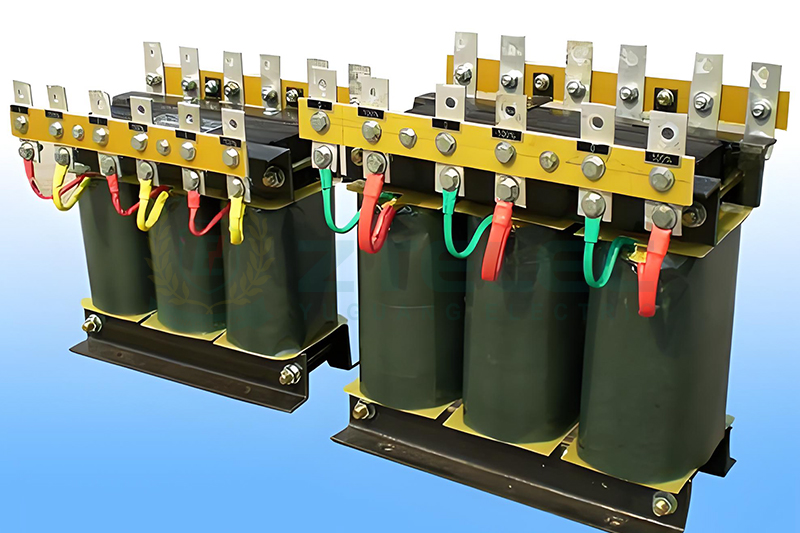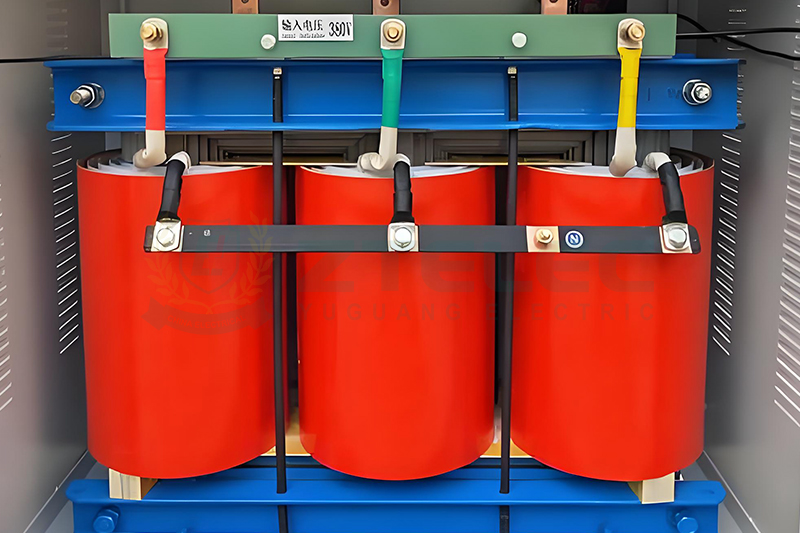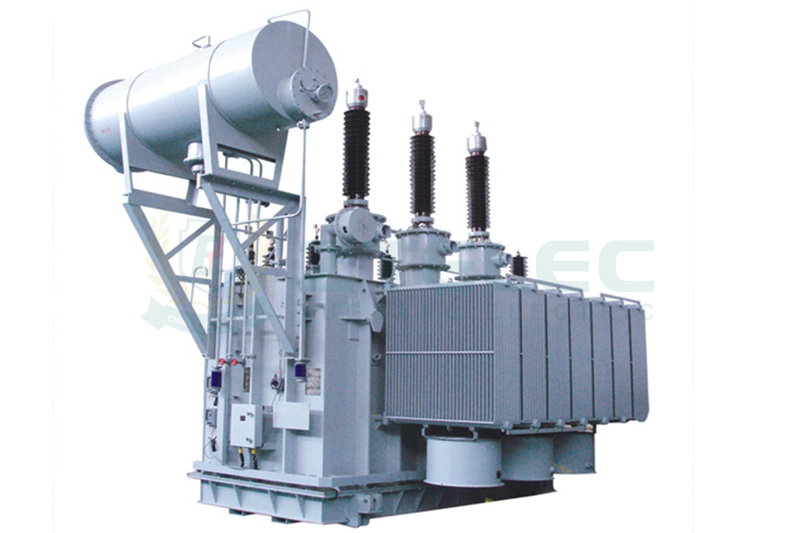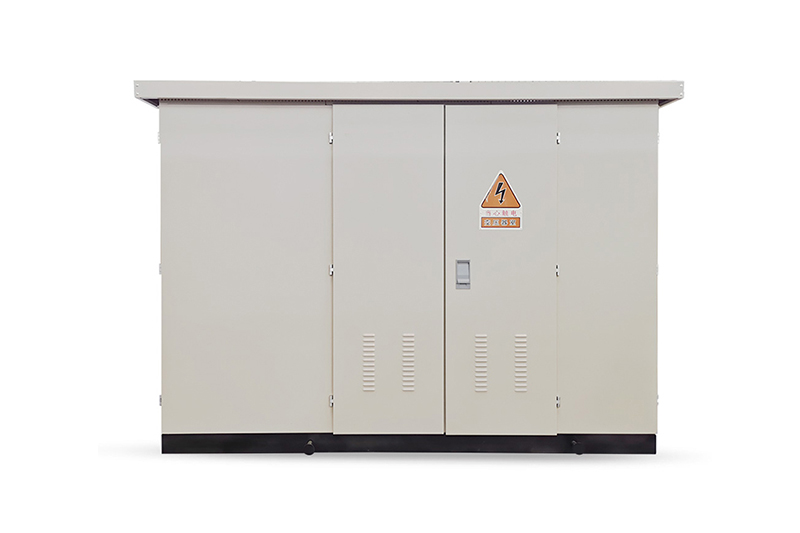Three-Phase Isolation Dry-Type Transformer vs. Autotransformer: Safety Comparison and Selection Guide
Time:2025-10-27 Auther:ZTelec-www.ztelectransformer.com
Three-phase transformers are essential power conversion devices widely used in industrial power systems, machinery, laboratories, and commercial facilities. However, many users struggle to decide between three-phase isolation dry-type transformers and three-phase autotransformers, particularly regarding safety. An incorrect choice can lead not only to equipment failure but also to serious electrical hazards. This article compares their safety characteristics and provides guidance for choosing the right transformer based on operational requirements.

1. Safety Characteristics of Three-Phase Isolation Dry-Type Transformers
The defining feature of an isolation transformer is the complete electrical isolation between input and output circuits through an insulation barrier. The primary and secondary coils are entirely separated, ensuring that no direct electrical connection exists. This insulation design enhances equipment protection and personal safety, making it the preferred choice for high-reliability power systems.
Key Safety Advantages of Isolation Transformers:
Flexible Voltage Conversion: The primary and secondary windings can be configured as step-up or step-down transformers, meeting diverse voltage requirements across various equipment and systems.
Load Equipment Protection: Isolation transformers effectively protect sensitive devices from power surges, harmonic interference, and transient voltages, ensuring stable operation of precision instruments and control systems.
Enhanced Operational Safety: The live parts of an isolation transformer are electrically separated from ground, significantly reducing the risk of electric shock during maintenance. When the secondary neutral line is connected to the safety ground, it eliminates voltage differences and reduces electromagnetic interference (EMI), improving system stability for microprocessor-based electronic equipment.
2. Safety Analysis of Three-Phase Autotransformers
In contrast, a three-phase autotransformer shares a portion of its winding between the primary and secondary sides. The output voltage is obtained by tapping different points on this shared winding. This design makes autotransformers smaller, lighter, and more economical, especially for applications where the voltage ratio does not exceed 3:1. However, these benefits come with notable safety trade-offs.
Autotransformer Risks and Limitations:
There is no electrical isolation between the input and output sides, meaning that any fault on the primary side can directly affect the secondary, increasing the risk of electrical shock or equipment damage.
Because the windings share a common terminal, if the primary neutral is not grounded, the secondary cannot be safely grounded either, leading to potential voltage instability.
If the insulation between windings fails, the full input voltage may appear at the output terminal, posing serious safety hazards to both personnel and equipment.
Autotransformers depend entirely on the safety of the main power source, and any failure in insulation or wiring can cause severe electrical incidents.

3. Choosing the Right Transformer Based on Safety Requirements
Understanding the differences between these two types of transformers allows you to select the correct model for your specific environment. Safety, load characteristics, and cost factors must all be considered during selection.
Applications Suitable for Three-Phase Isolation Dry-Type Transformers
• Areas with strict safety requirements, such as mining sites, ships, hospitals, and medical laboratories.
• Power supply systems for precision or sensitive electronic equipment such as CNC machining centers, instrumentation, and testing systems.
• Environments requiring power purification to prevent electrical noise and grid harmonics from affecting operation.
Applications Suitable for Three-Phase Autotransformers
• Controlled indoor environments such as electrical rooms or production workshops with limited safety risks.
• Applications requiring small voltage adjustments, such as 380V to 400V or 410V to 380V conversions.
• Scenarios with budget constraints where the load has built-in insulation or internal isolation protection.
• Systems where weight and cost reduction are priorities, and isolation is not required.
4. FAQ: Safety Clarifications
Q1: Are autotransformers completely unsuitable for safety-critical applications?
A1: Not entirely, but the risk level is higher. They can be used in well-insulated systems operated by qualified personnel. However, they should never be used to power handheld tools, power sockets, or portable equipment directly.
Q2: Can an isolation transformer completely prevent electric shock?
A2: No. While isolation transformers significantly reduce the risk of electric shock from single-line contact, touching both secondary lines simultaneously can still cause injury. Their main function is to isolate the load from grid-side high voltage, thus reducing the likelihood of hazardous current flow to ground.
Choose Safety, Choose Wisely
The three-phase isolation dry-type transformer offers superior protection and insulation, making it the safest and most reliable option for critical applications. In contrast, the three-phase autotransformer provides economic and compact advantages but lacks the isolation necessary for high-risk environments. When safety, reliability, and equipment protection are top priorities, the isolation transformer remains the optimal choice.
Always evaluate the operating environment, voltage ratio, and insulation needs before selecting a transformer. Remember, safety should never be compromised—choose isolation when in doubt, and ensure stable, secure power supply for every system you operate.




